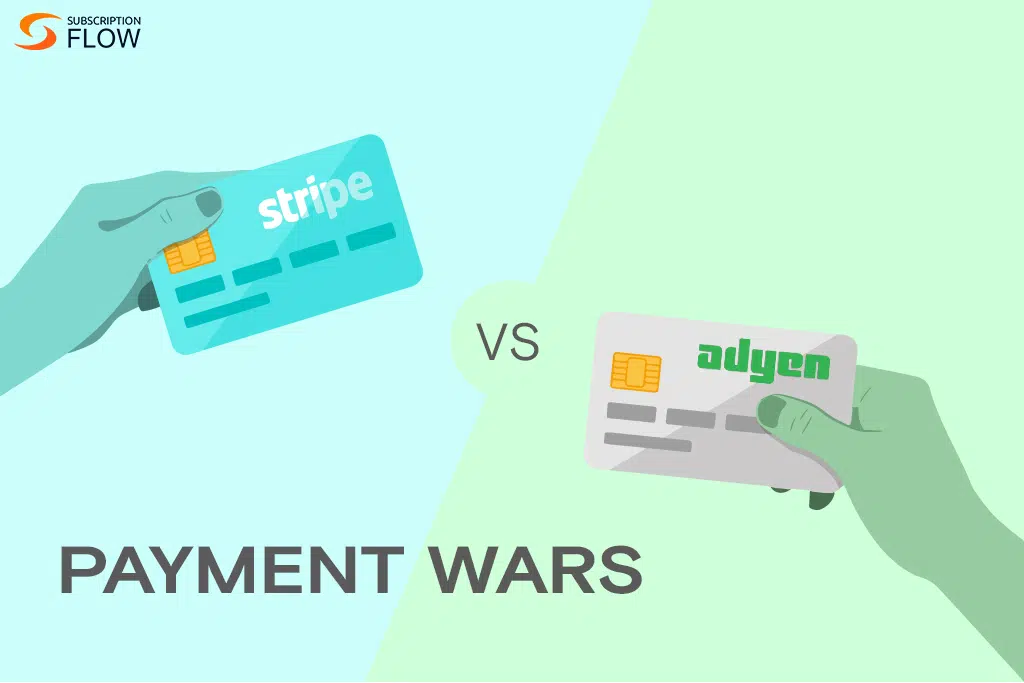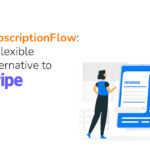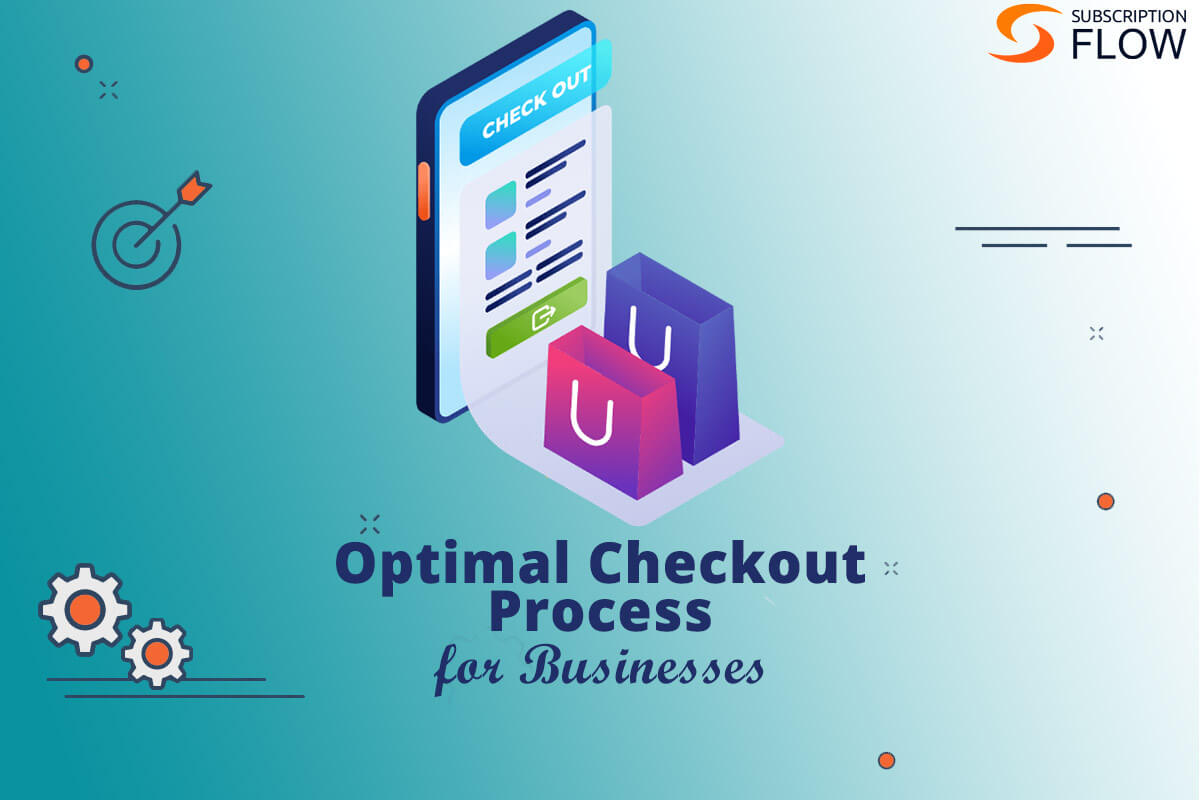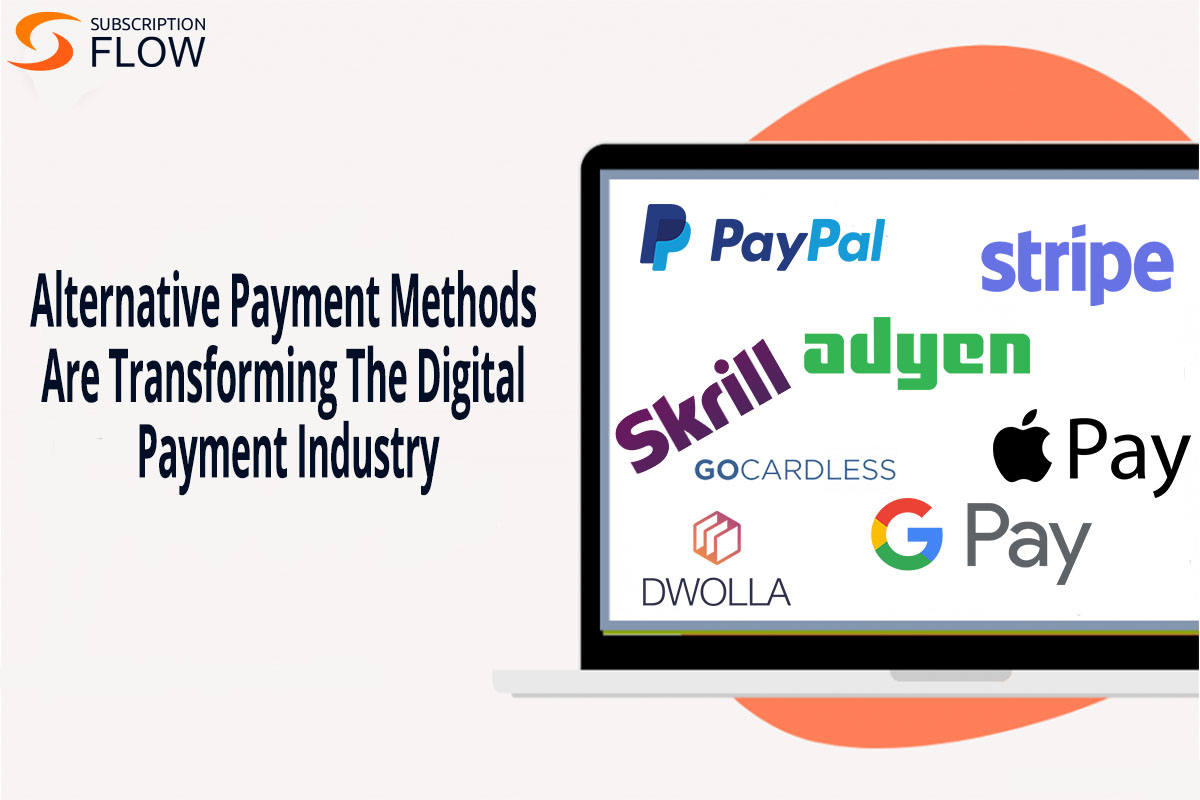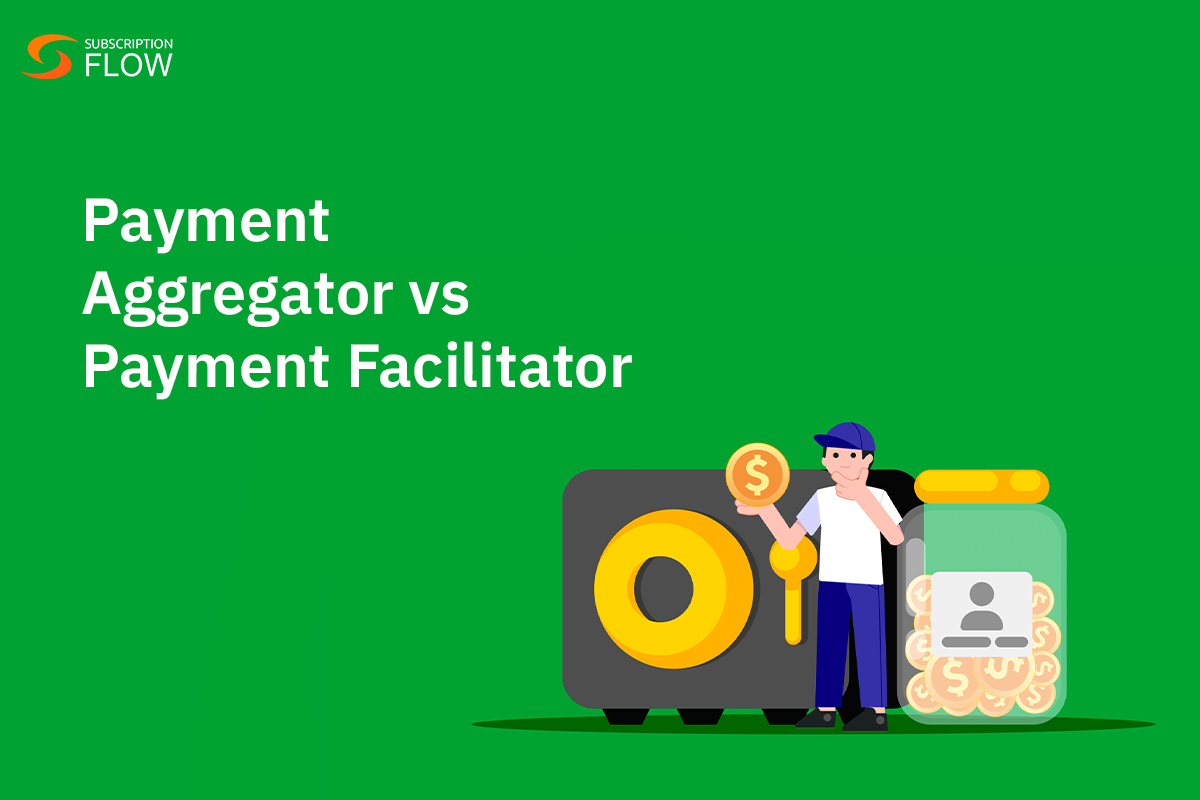
Payment Aggregator vs Payment Facilitator Demystified
Smooth payment processing is at the heart of any business’s smooth operations and growth. If this process is blotchy then you run the risk of losing money. If the process is not secure, then you run the risk of losing your customers’ trust resulting in catastrophic consequences for your business. When it comes to the payments space, many business owners are unclear about the differences between Payment Aggregator vs Payment Facilitator.
Today let’s dive into this payment aggregator vs payment facilitator debate. Both these are important for you to ascertain that your payments are secure, frictionless, and optimized for growth.An effective combination of payment facilitator vs aggregator will ensure to minimize the fallback of any problems your business may be facing in the payments space.
In this blog, keeping this context in mind, we will first define both the terms of payment facilitator vs payment aggregator for you, after which we will see how both of them work. Finally, in the end we will see how SubscriptionFlow’s products and services can help you choose the right payment aggregators and facilitators for your business.
Read more: Using SubscriptionFlow to Improve B2B Cross-Border Payment Processing
What is a Payment Facilitator?

Consider a payment facilitator—PayFac for the cool kids—as the reliable payment partner for your company. They operate like the unseen wizards behind the scenes, ensuring that your company can accept payments both online and offline. PayFacs are your go-to friends for managing the finer points of both online and offline transactions.
They handle everything from underwriting to compliance and merchant onboarding. It is not just about processing payments. To put it simply, they oversee everything and ensure that your payment process is flawless. Additionally, they are established independent sales organizations (ISOs) with sponsorship from an acquiring bank. They allow sub merchants to process transactions using a master merchant account that they maintain.
What is a Payment Aggregator?
Consider a payment aggregator as this fantastic resource for companies looking to get into the payment game without having to deal with merchant accounts. It functions similarly to having an insider connecting merchants with acquiring banks so they don’t have to open their own merchant accounts.
The best part is that it makes the entire procedure for businesses simpler. They won’t have to handle intricate setups or ongoing maintenance. For merchants, it’s like having a shortcut to the world of payments. Naturally, these incredible assistants don’t work for nothing. Typically, payment aggregators bill a fee for their services. This could take the form of a fixed fee per transaction or a percentage of each transaction.
How Does a Payment Facilitator Work?
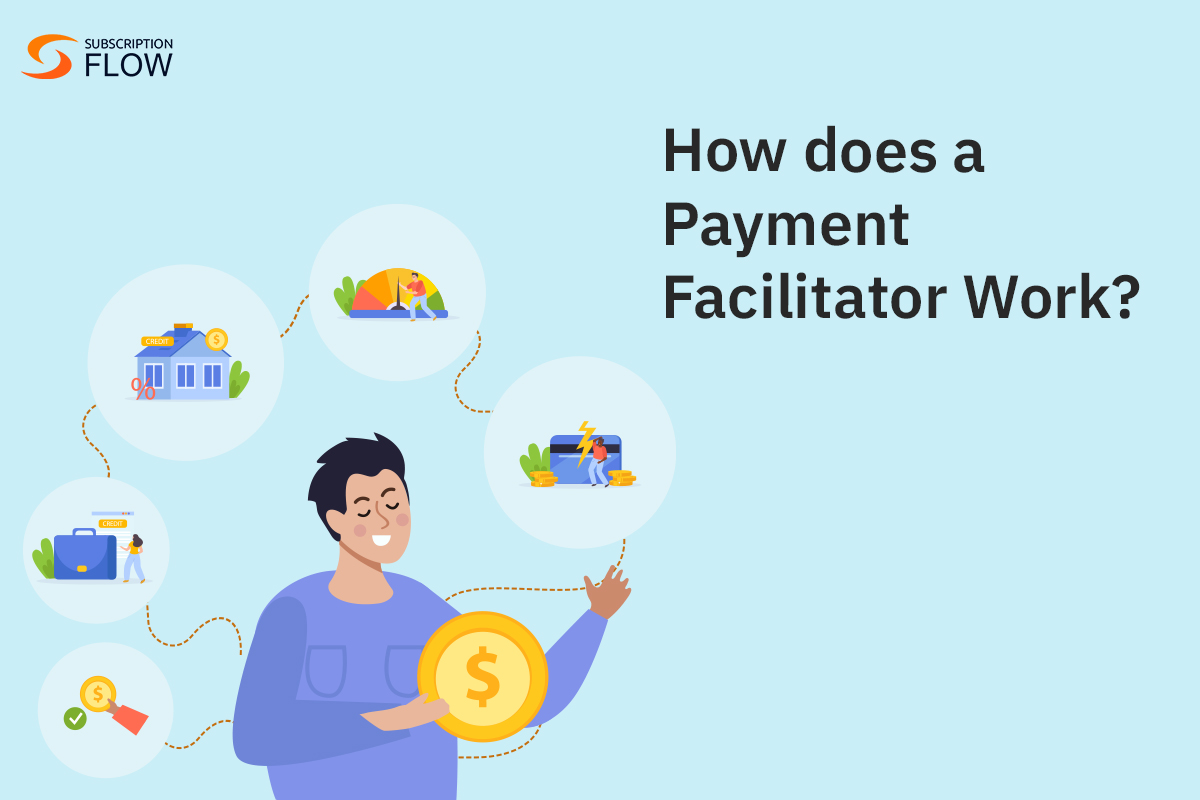
In this great debate of payment facilitator vs payment aggregator, let us first see how a payment facilitator works:
Retailers register with a payment facilitator to get things started. They divulge certain basic company information during this process, including their banking information, tax identification number, and legal name.
The payment facilitator proceeds to the next step after the registration is finished. To make sure the merchant satisfies the requirements for processing digital payments, they perform a risk assessment on the business. This entails investigating the merchant’s legitimacy, looking over previous financial transactions, and watching out for any indications of possibly fraudulent activity.
The merchant is authorized to begin accepting payments via the facilitator’s platform as soon as they pass this assessment. The payment facilitator gathers payments from different merchants and combines them into a single account, serving as a middleman.
The payment facilitator deducts any applicable monthly fees or other costs after this amalgamation. Then, usually once a day or once a week, they move the remaining money to the merchant’s bank account. This guarantees a prompt and easy settlement procedure.
How Does a Payment Aggregator Work?
Let us now look at the other side of payment facilitator vs payment aggregator and see how payment aggregators work:
In other words, this payment option functions as a middleman in transactions involving a bank and a seller. This is how it works:
First, a consumer visits a retailer’s website or mobile application in order to purchase goods. At that point, the payment process begins. The payment aggregator intervenes, seizes the payment information from the merchant, and safely transfers it to the bank handling the transaction.
The bank is now investigating the payment details, making sure everything adds up. It is the crucial moment when they determine whether the transaction should proceed or not. Subsequently, the aggregator shares the results on the merchant’s website or app.
If approval is received, a portion of the money goes directly to the merchant’s bank account while the payment aggregator keeps the remaining portion. But take note: there will not be an immediate cash splash. The money moves toward the merchant according to a prearranged timetable, which may be weekly, monthly, or on some other relaxed schedule. Ensuring that everyone is in sync and the cash flow is on point is like clockwork.
Read more: Unpacking Merchant Accounts, Merchant Records, and Payment Gateways for SaaS Success
How Can SubscriptionFlow Help you Choose the Right Payment Aggregators and Facilitators for your business?
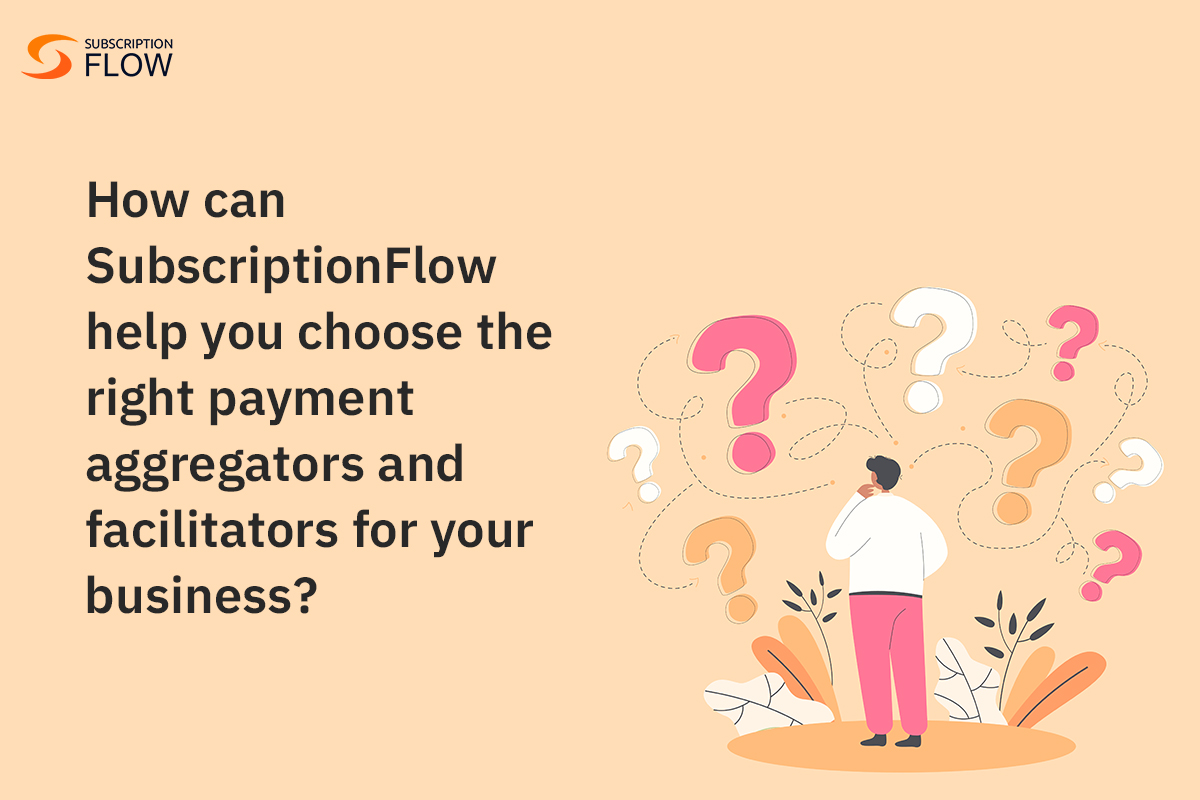
With the help of SubscriptionFlow, you can easily manage your subscription-based business. This is a software that specifically enables you to manage billing, invoicing, reporting. Additionally, SubscriptionFlow integrates with a number of payment facilitators and aggregators, including PayPal, Stripe, Braintree, and others.
The way SubscriptionFlow works is that you can select the best option for your needs by comparing their features, pricing, and suitability for your business model. Obviously, you do not need to worry about the security and compliance issues associated with using payment aggregators and facilitators since SubscriptionFlow takes care of them. With SubscriptionFlow’s merchant of record, you can let the professionals handle the payments while you concentrate on expanding your clientele and adding value to your business.
Book a demo with SubscriptionFlow now to choose the right payment aggregators and facilitators for your business!



